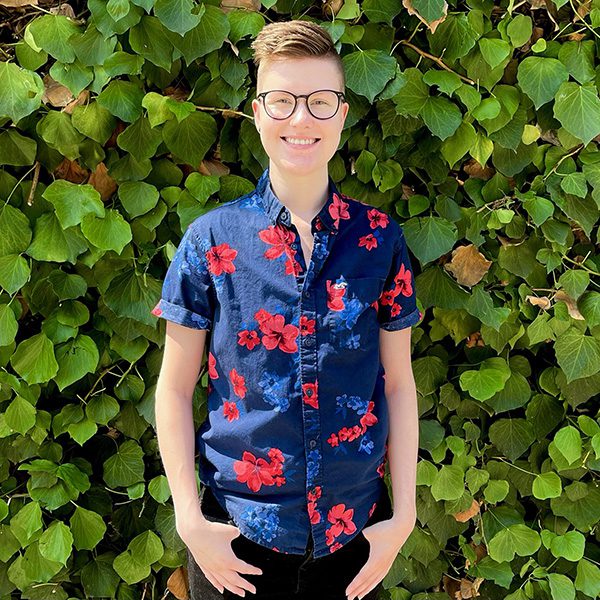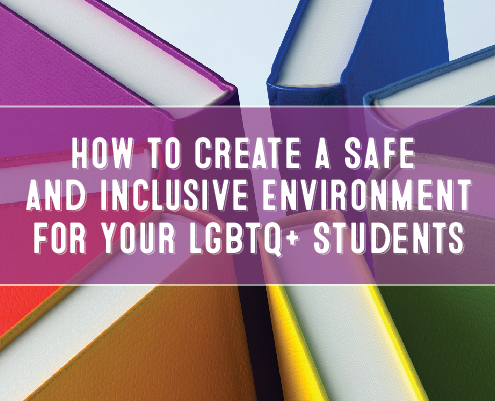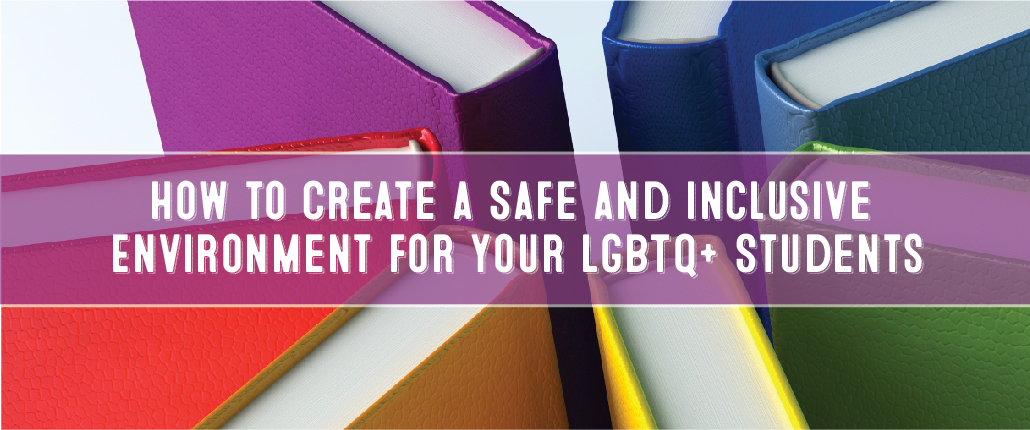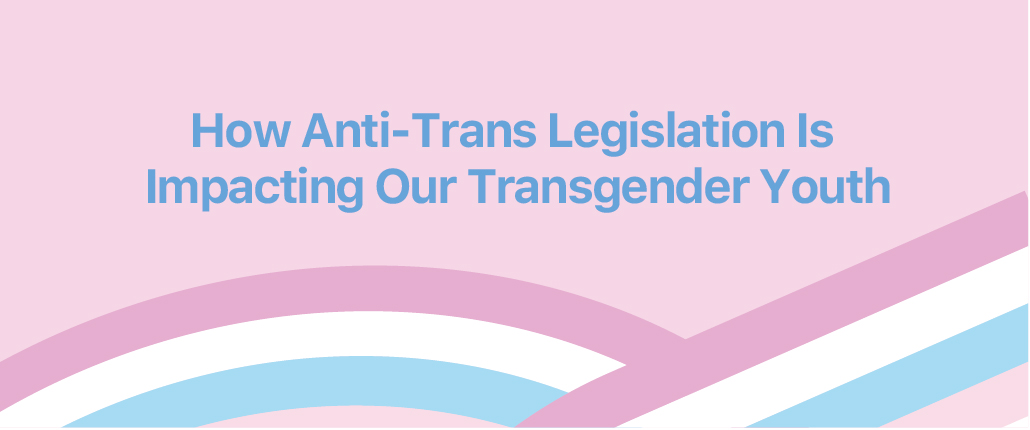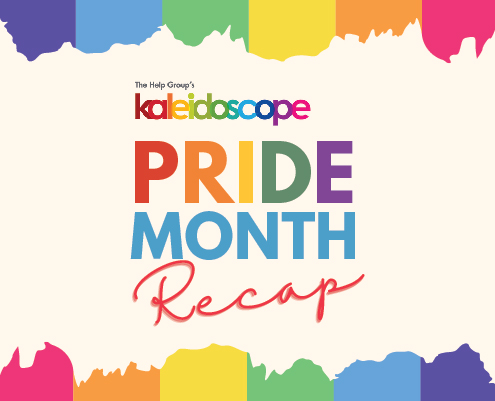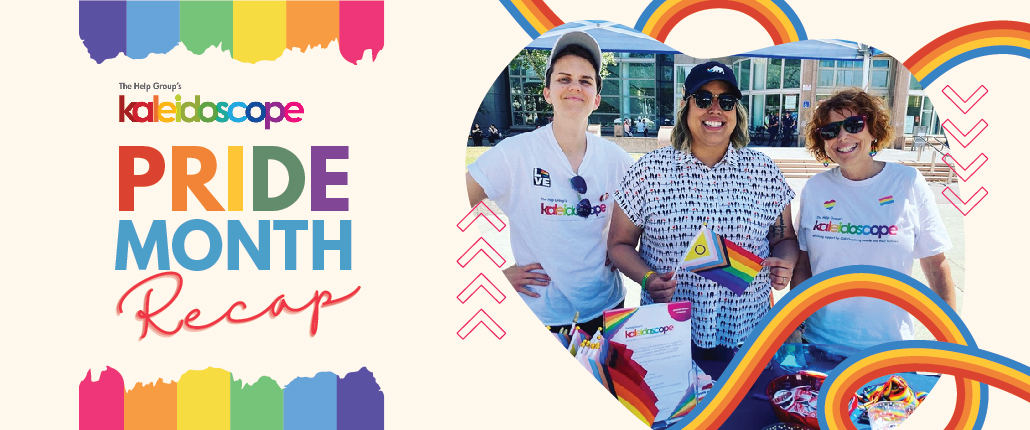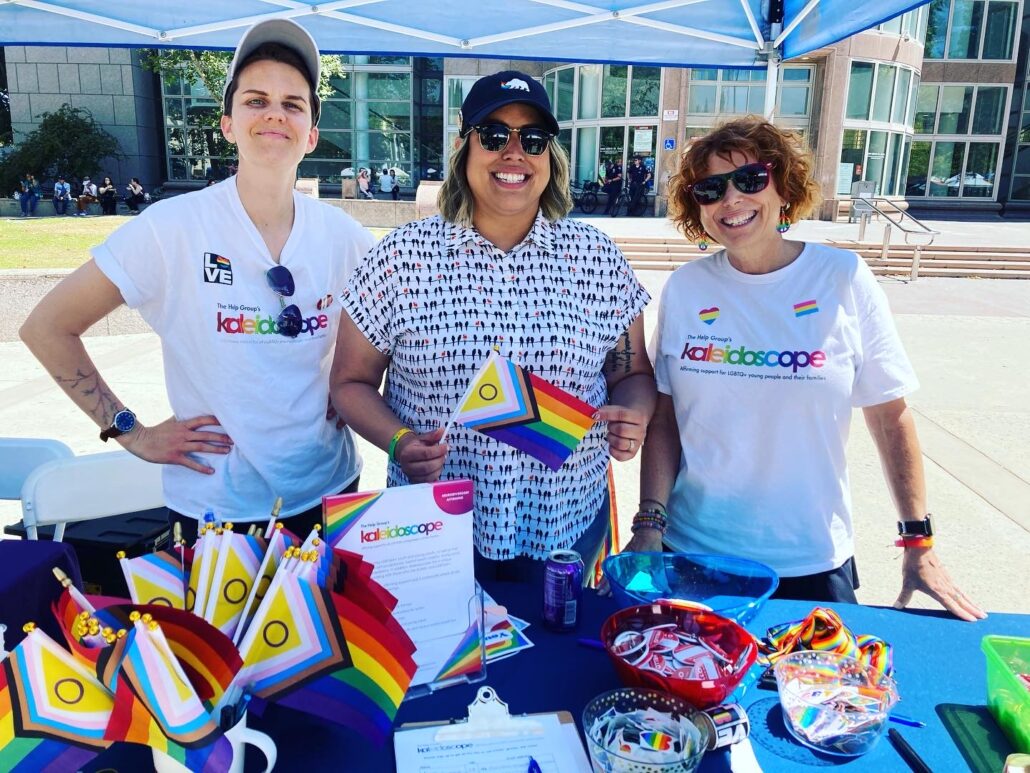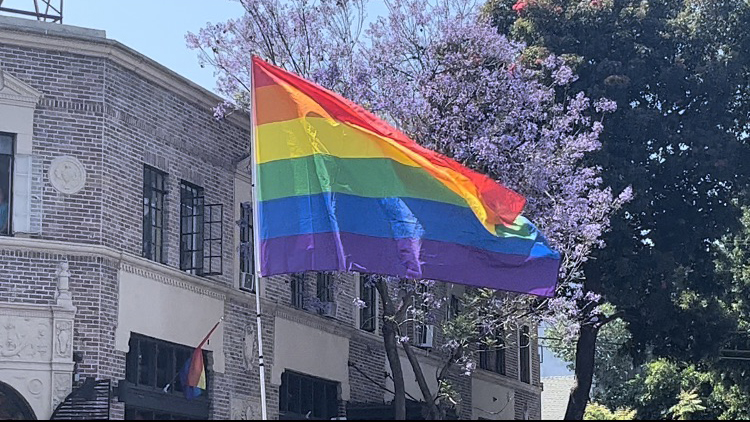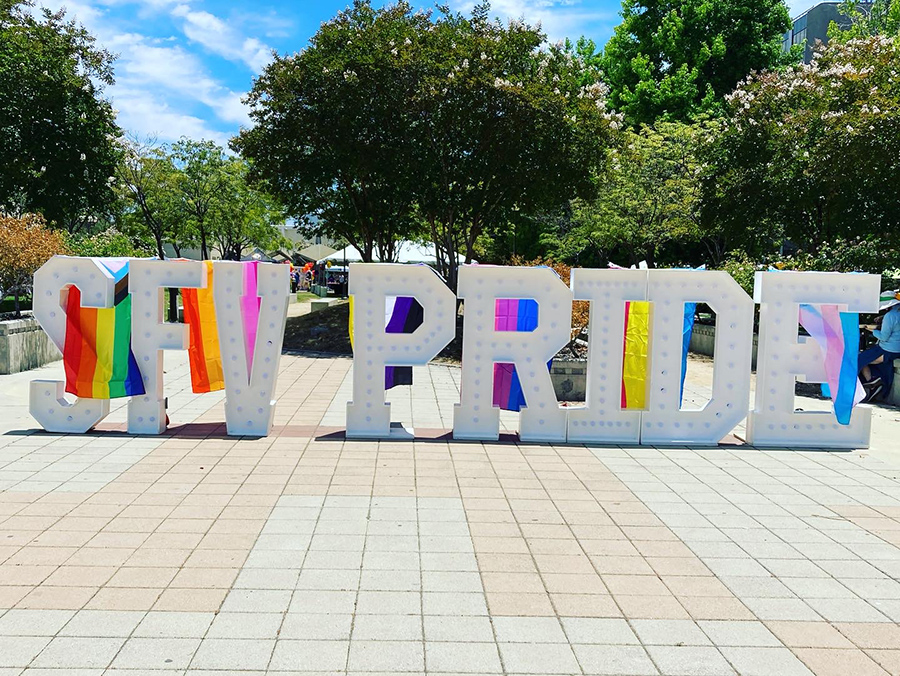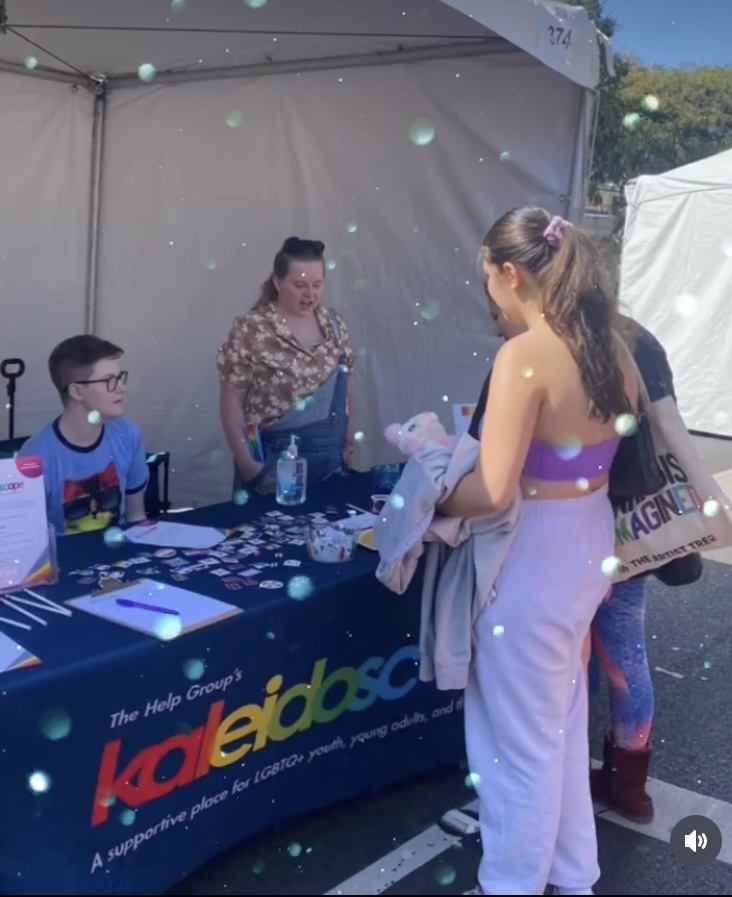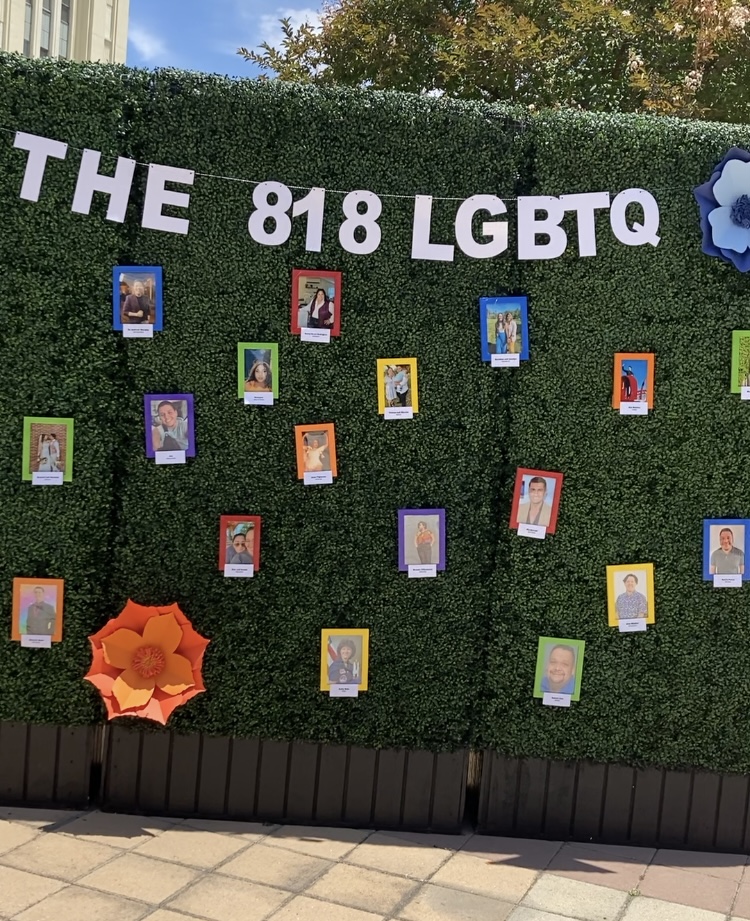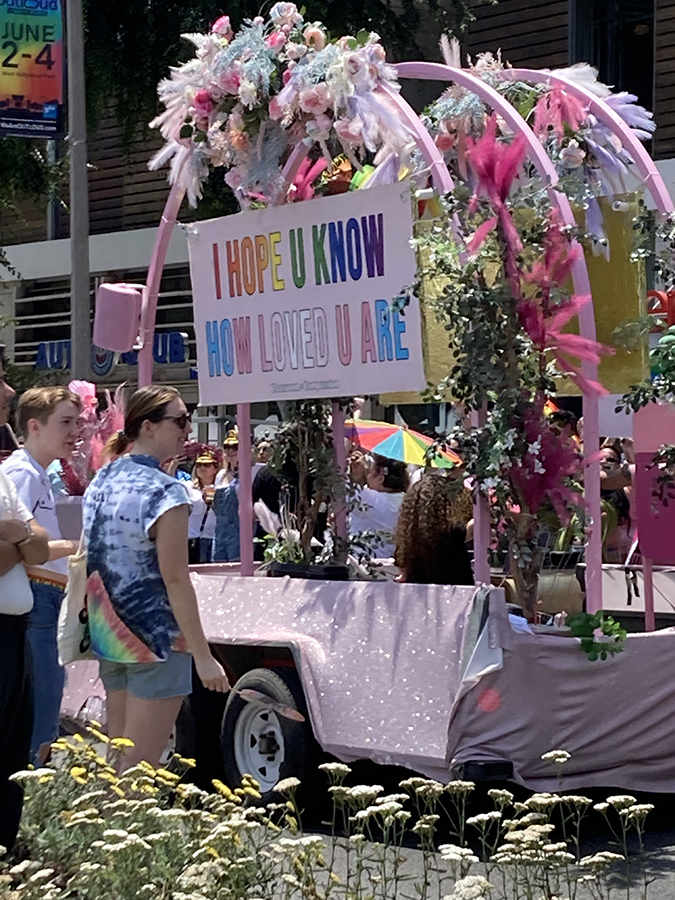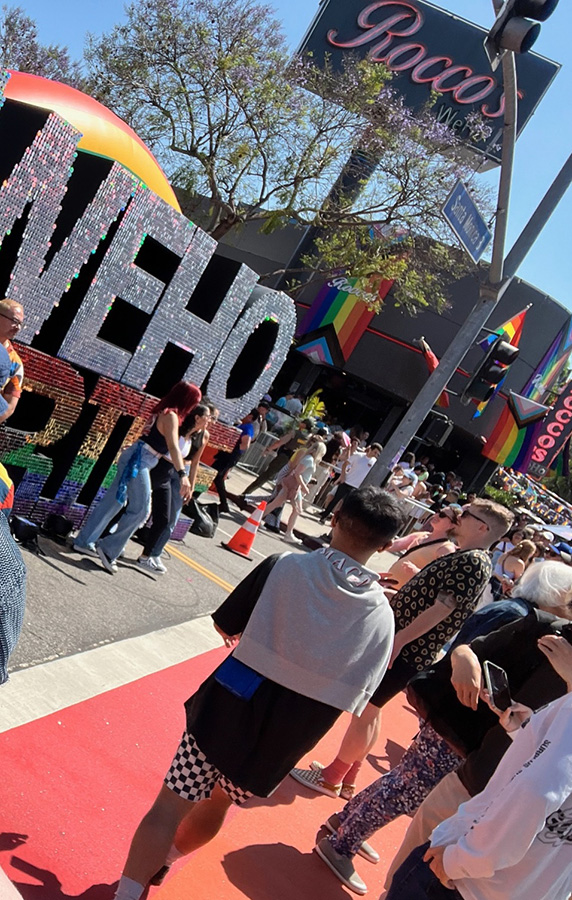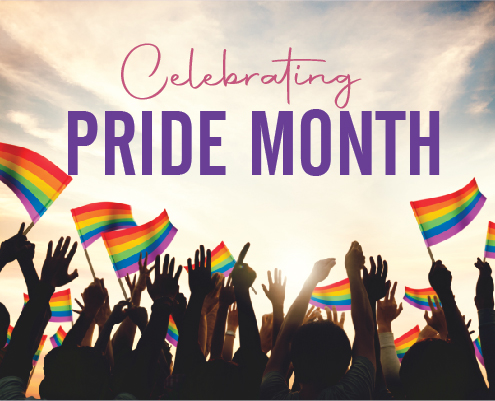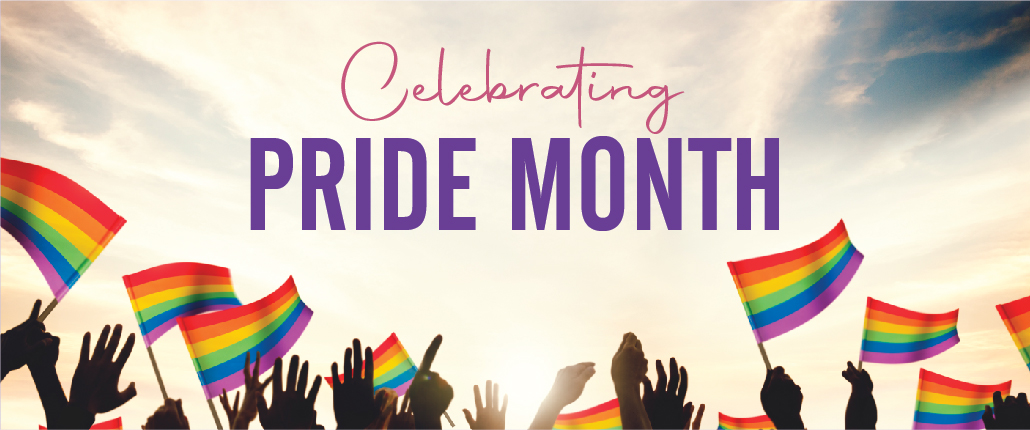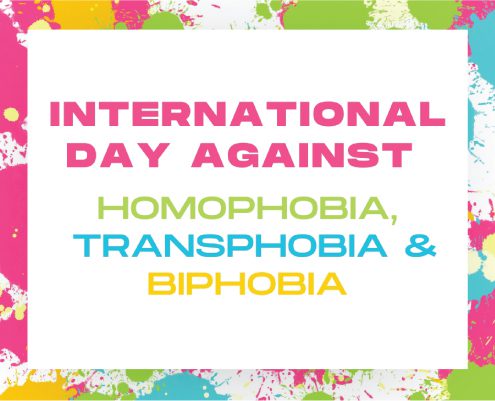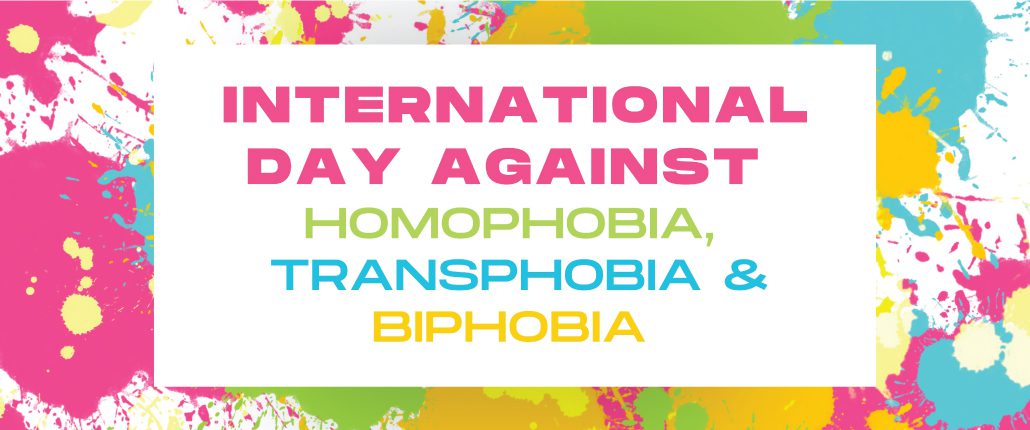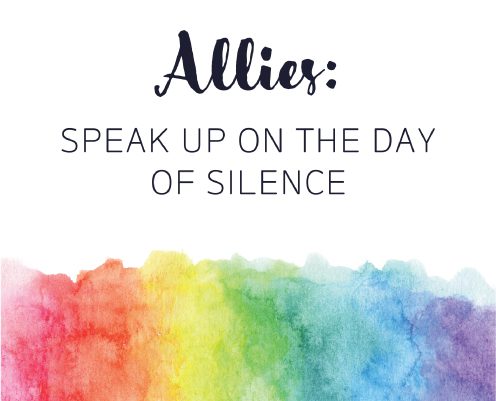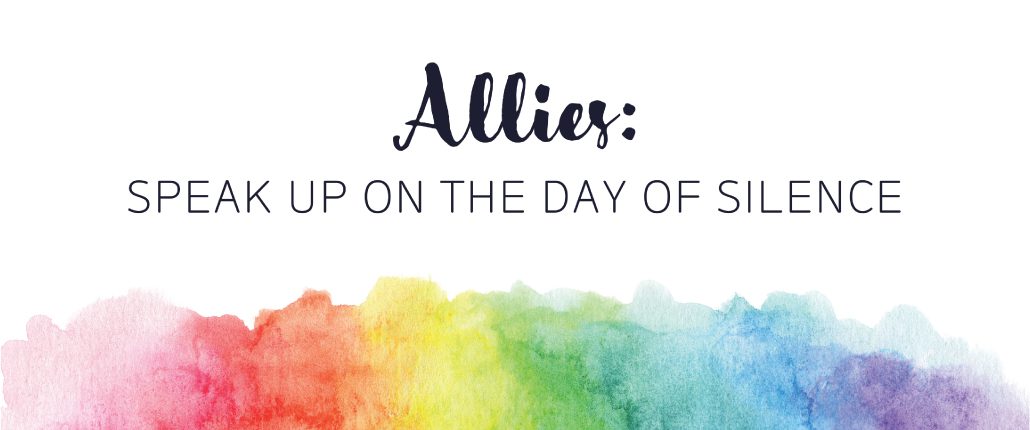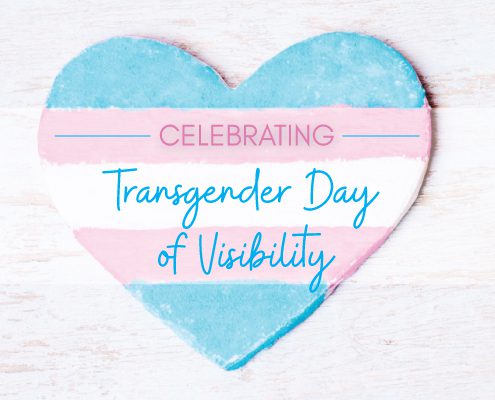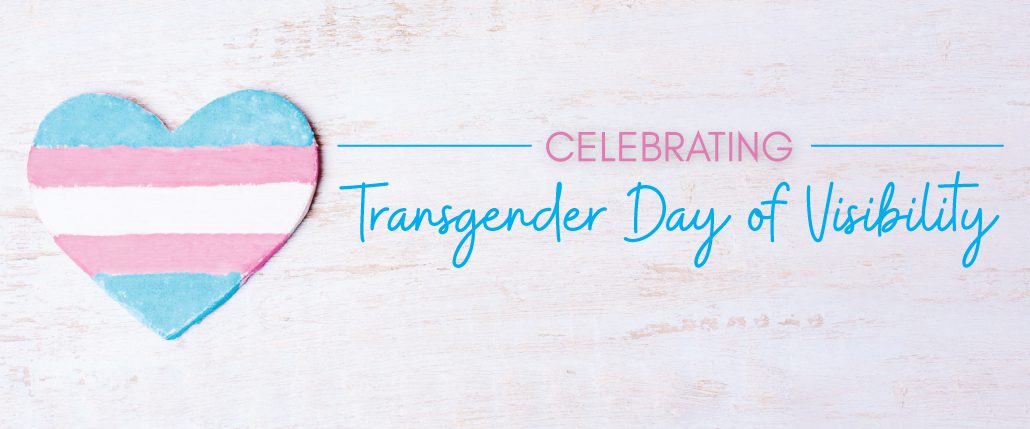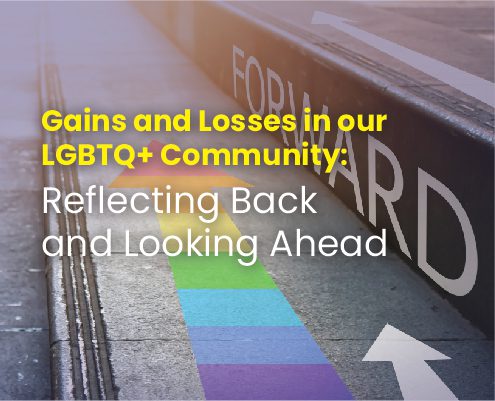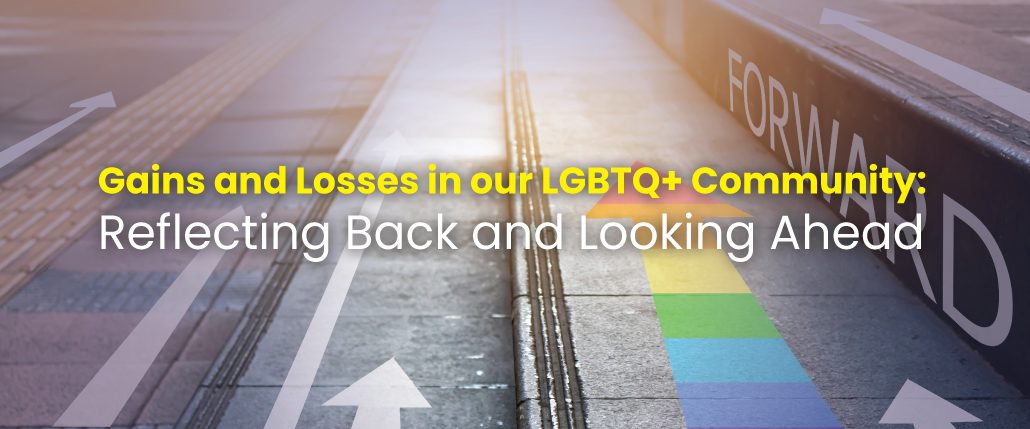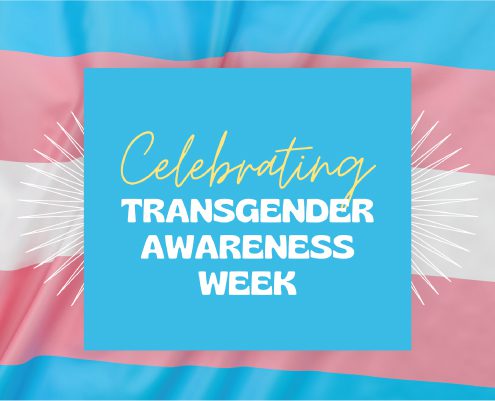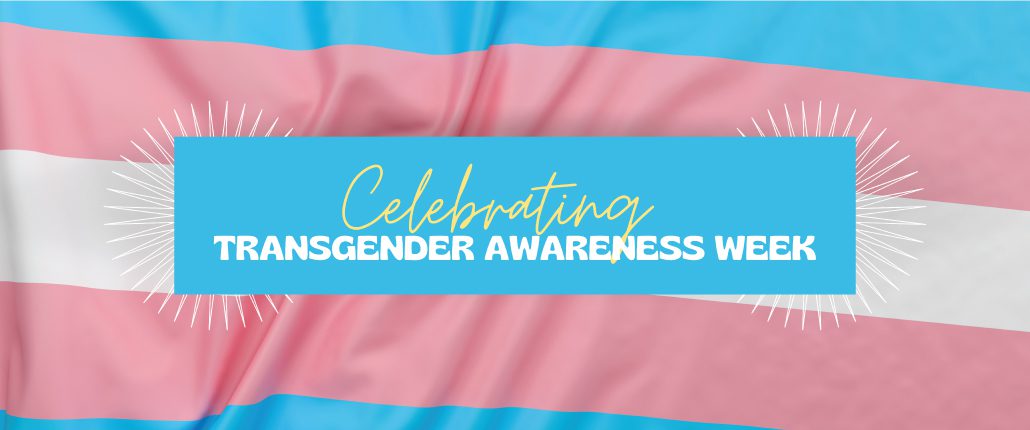Celebrating LGBTQ+ History Month
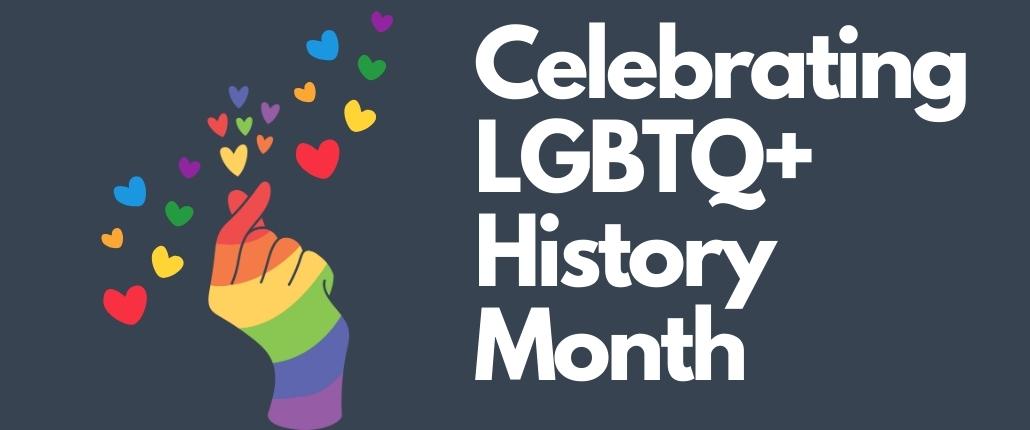
Celebrating LGBTQ+ History Month
LGBTQ+ History Month, a month-long celebration that occurs in October was first celebrated in the United States in 1994, when Rodney Wilson, an openly gay high school teacher from Missouri, passionately advocated for the idea of dedicating a month to honor gay and lesbian history. With the already established National Coming Out Day on October 11th, and the anniversary of the first march on Washington for gay and lesbian rights in 1979, October was chosen not only for its historical significance, but also because it’s a month when students are in school. This allows a wonderful opportunity to educate and engage kids of all ages in meaningful and age-appropriate conversations about LGBTQ history.
Why is it important for students to learn about LGBTQ+ History?
Creating an environment of inclusion promotes engagement for all students and provides them with opportunities to explore the many experiences of LGBTQIA+ people. Research indicates that when LGBTQIA+ people and events are excluded from history curricula, it perpetuates negative stereotypes about the LGBTQIA+ community and increases bullying of LGBTQIA+ young people. Curriculum that includes positive representations, however, helps promote respect for LGBTQIA+ students and improve all students’ overall school experience by promoting diversity and teaching them about the variety of identities in their communities.
How can you celebrate LGBTQ+ History Month with your students?
1.Use LGBTQ+ Primary Sources Into your Lessons
From the American Revolution to Early 20th Century Immigration to World War II, the California History Social Science Project has created amazing lesson plans featuring a collection of LGBTQ+ primary sources designed for use in the K-12 classroom. Each set includes context, focus questions, further readings, and a plethora of primary sources to help teachers infuse their curriculum with LGBTQ voices. Check out the project here!
2. Build an LGBTQ+ Inclusive Classroom Library or Request One
Do you want to incorporate more LGBTQ+ themed books into your library classroom but don’t know where to start? Check out the links below for age-appropriate reading material for K-12.
LGBTQ+ Children’s Books
LGBTQ+ Middle Grade Books
LGBTQ+ Young Adult Books
You can also check out the Rainbow Library Project through GLSEN (Gay, Lesbian and Straight Education Network). The Rainbow Library Project is a program that sends LGBTQ+ affirming K-12 to select states for free!
Kaleidoscope acknowledges that in many parts of the country, having LGBTQ+ inclusive literature in the classroom may not be possible. If you do not feel able or safe to incorporate books into the classroom but would still like your students to have access, individuals ages 13-21 residing anywhere in the United States can apply for a free BPL eCard, providing access to Brooklyn Library’s full eBook collection as well as their learning databases. To apply, have your students’ email [email protected].
3. Feature LGBTQ+ Classroom Decorations
Inclusive lessons can also include classroom décor! There are many ways to visually represent the many contributions of the LGBTQIA+ community. For example, in elementary schools, a family tree wall could include images of families featuring two moms or two dads to show the many different ways families are made. In history or social studies classrooms, teachers and other staff can feature photos of LGBTQIA+ political leaders or images of demonstrations for equality. In secondary learning spaces, the rainbow flag could be displayed with information about its origin and significance.
This month, Kaleidoscope is proud to be celebrating by providing LGBTQ+ History Resources to our local GSA, where they will learn about LGBTQ+ trailblazers throughout history through LGBTQ+ History Flashcards. We will also be showing our support for National Coming Out Day by offering our new counseling staff LGBTQ+ regalia to hang in their offices to signal that they are affirming providers for clients and they are safe to be their authentic selves.
Want to find out more ways to bring LGBTQ+ history to your classroom or other educational settings for youth? Email us at [email protected] for fun ideas and lesson plans to bring LGBTQ+ activists and leaders to life. From all of us, wishing you a joyous LGBTQ+ History Month.

